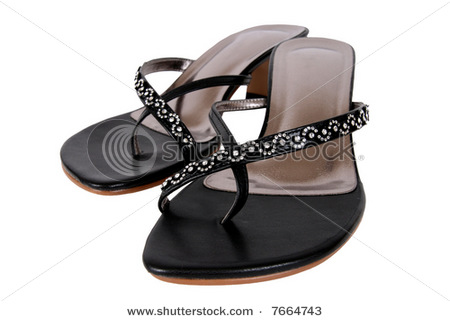US Shoe Size Measurement Chart
The world of shoe sizes can be a complex and fascinating realm, filled with intricate measurements and conversions. For those navigating the vast landscape of footwear, understanding the US shoe size measurement chart is essential. This comprehensive guide will delve into the history, mechanics, and practical applications of the US shoe size system, providing readers with a deeper appreciation for the craft of shoe-making and the art of finding the perfect fit.
A Brief History of Shoe Sizing
To truly comprehend the US shoe size measurement chart, it’s crucial to explore its origins. The sizing system used in the United States today is a descendant of the Brannock Device, invented by Charles Brannock in the early 20th century. This device revolutionized shoe fitting by providing a standardized method to measure foot length and width, ensuring a more accurate fit for consumers. Over time, the Brannock system has evolved, incorporating new materials, technologies, and consumer preferences, yet its core principles remain foundational to modern shoe sizing.
Understanding the US Shoe Size Measurement Chart
The US shoe size measurement chart is based on the length and width of the foot. For men and women, shoe sizes are calculated differently, reflecting the varying foot shapes and sizes between genders.
Men’s Shoe Sizes: Men’s sizes are typically longer and narrower than women’s. The sizes range from 6 to 16, with half sizes available for more precise fitting. Each whole size represents a 1⁄3 inch (8.47 mm) increment in foot length.
Women’s Shoe Sizes: Women’s shoe sizes range from 4 to 12, also with half sizes available. Each whole size increment represents a slightly different measurement compared to men’s sizes, accommodating the generally smaller and wider female foot shape.
Conversion and Measurement
Converting between different shoe size systems, such as from US to EU or UK sizes, requires a detailed understanding of each system’s measurement standards. The conversion process involves comparing the length and sometimes the width of the foot in the respective systems. For instance, a US men’s size 9 is equivalent to a European size 42 or a UK size 8. However, these conversions are not always exact, as different manufacturers may have slightly varying measurements for the same size.
Practical Applications and Tips
Finding the right shoe size is not just about matching your foot to a chart; it involves understanding your foot’s shape, the type of shoe you’re purchasing, and even the time of day (feet can swell slightly during the day). Here are some practical tips for ensuring the best fit:
- Measure Your Feet: Use a Brannock device or a similar tool to get an accurate measurement. Do this at the end of the day, as feet tend to be slightly larger then.
- Consider the Shoe Type: Different types of shoes (e.g., running shoes, dress shoes, boots) may fit differently due to their design, material, and intended use.
- Try Before You Buy: Whenever possible, try on shoes before purchasing, especially if you’re unsure about your size or the fit of a particular brand.
- Break-In Period: Some shoes require a break-in period. Don’t be too quick to decide on a size without wearing them for a while.
Advanced Sizing Concepts
Beyond the basic sizing chart, there are advanced concepts to consider, such as foot width and the profile of the shoe’s last (the model around which the shoe is constructed). These factors can significantly impact the fit and comfort of the shoe. For individuals with unusually shaped feet or specific needs (e.g., orthotics, comfort requirements), understanding these advanced sizing concepts can be invaluable.
Conclusion
The US shoe size measurement chart is a complex system rooted in history and practicality. By understanding its development, mechanics, and applications, consumers can navigate the world of footwear with greater confidence, ultimately finding shoes that are not just stylish but also comfortable and well-fitting. Whether you’re a seasoned shoe enthusiast or just starting to explore the vast array of footwear options, a deep appreciation for the intricacies of shoe sizing can elevate your shopping experience and enhance your daily comfort.
FAQ Section
How often should I measure my foot size?
+It’s recommended to measure your foot size at least once a year, as foot size can change over time due to various factors such as age, weight fluctuations, and foot health conditions.
What is the difference between men’s and women’s shoe sizes?
+Men’s and women’s shoe sizes differ in length and width. Generally, men’s sizes are longer and narrower, while women’s sizes are shorter and wider. However, these are general guidelines, and individual foot shapes can vary significantly.
How do I convert my US shoe size to EU or UK sizes?
+Converting US shoe sizes to EU or UK sizes involves using a conversion chart. Each brand may have slight variations, so it’s best to check with the manufacturer or use a reliable conversion tool for the most accurate sizing.


